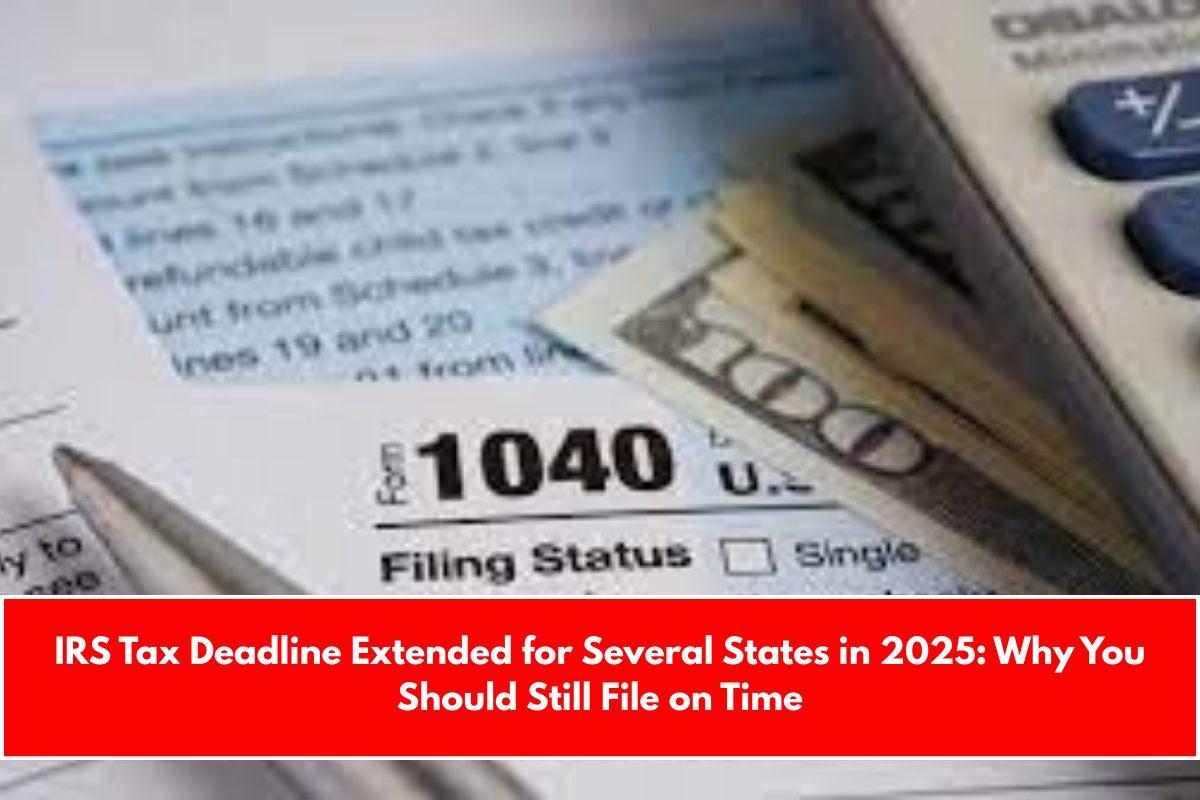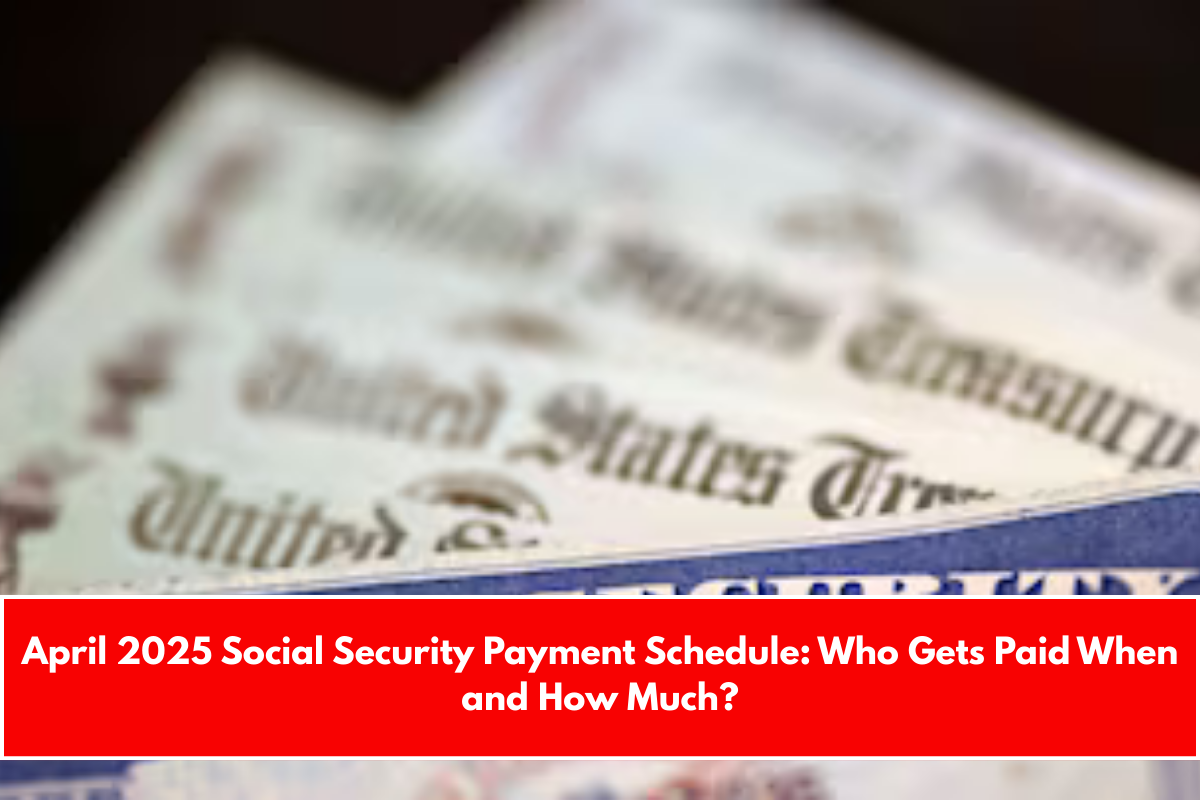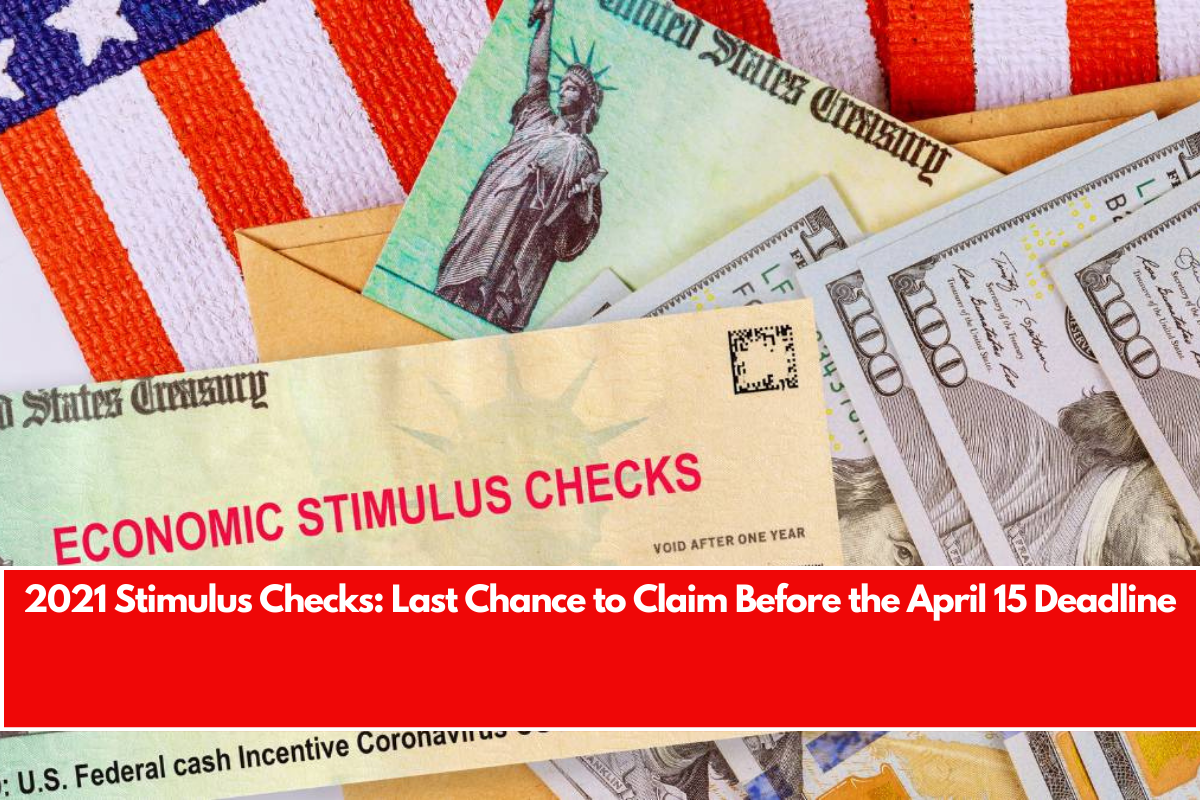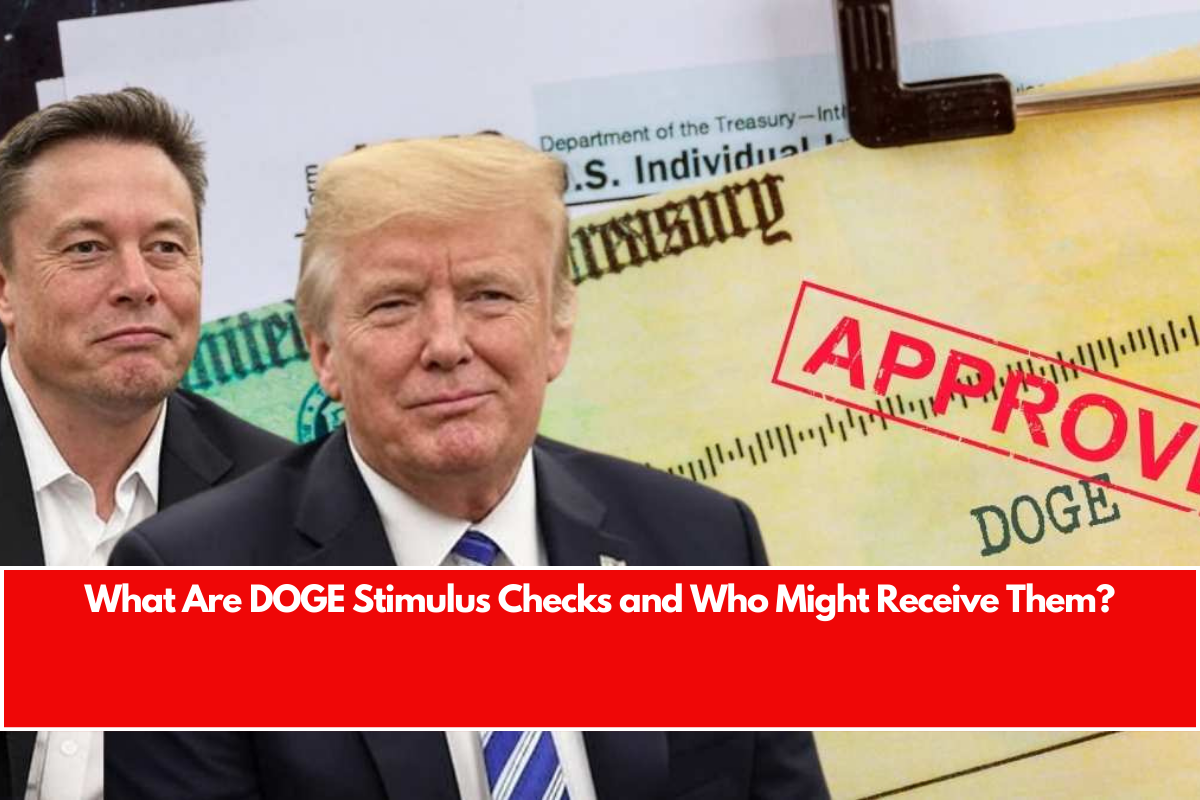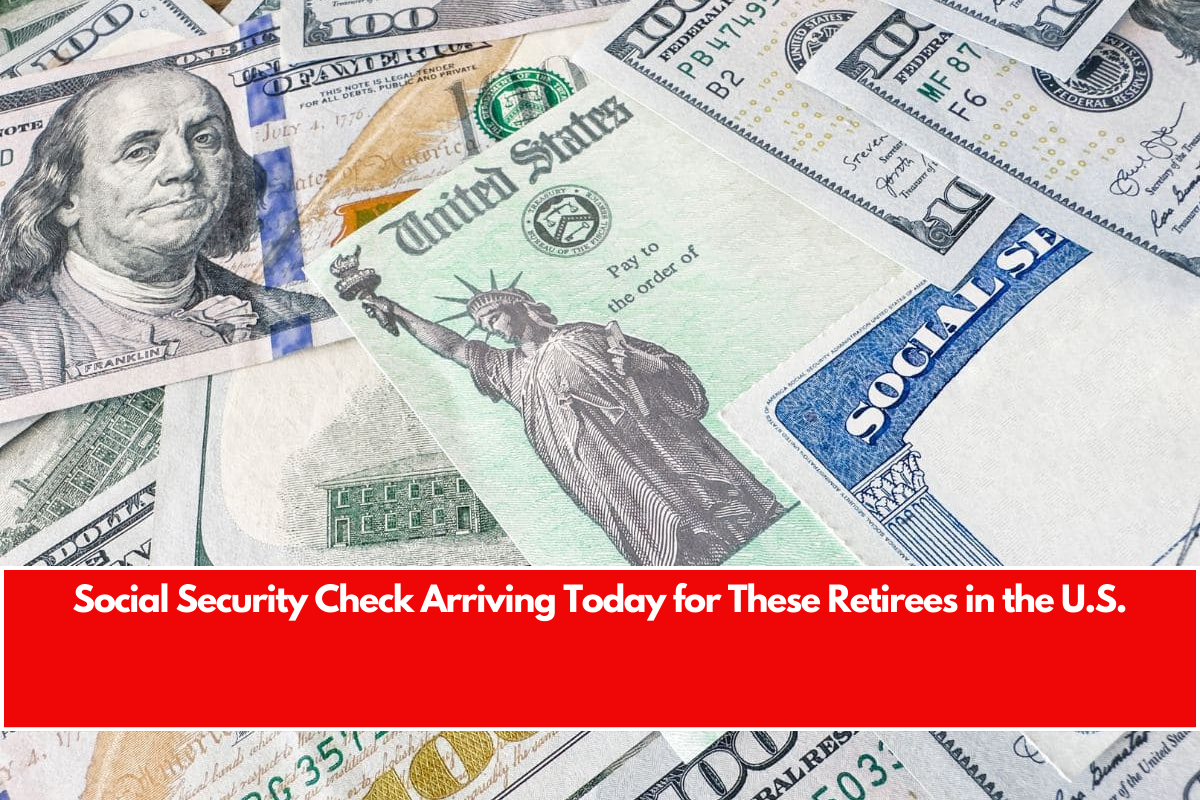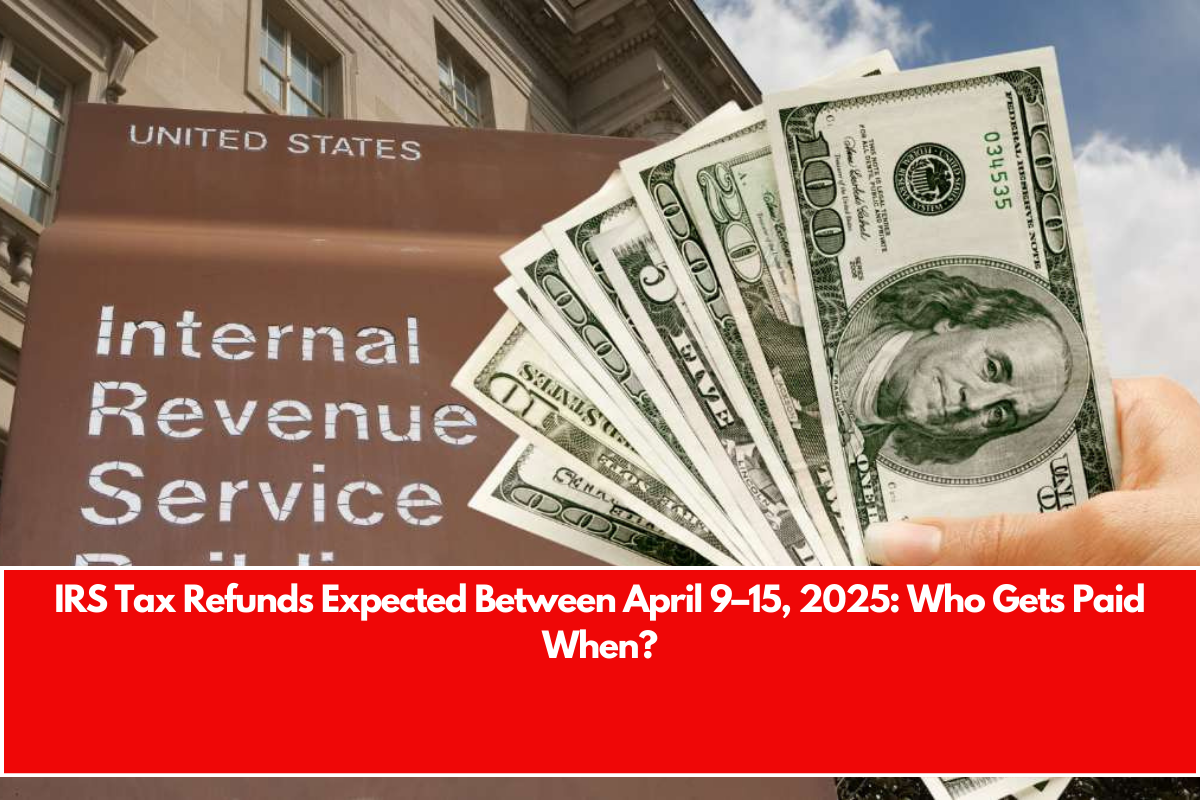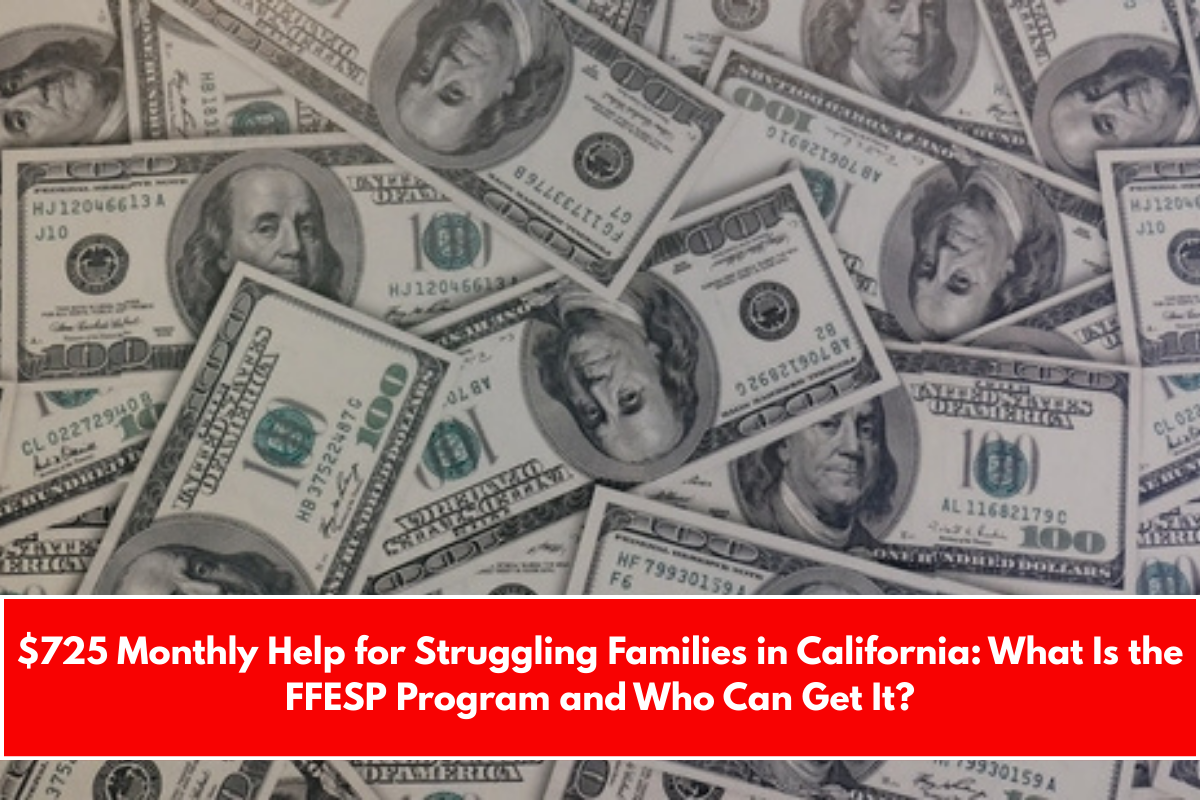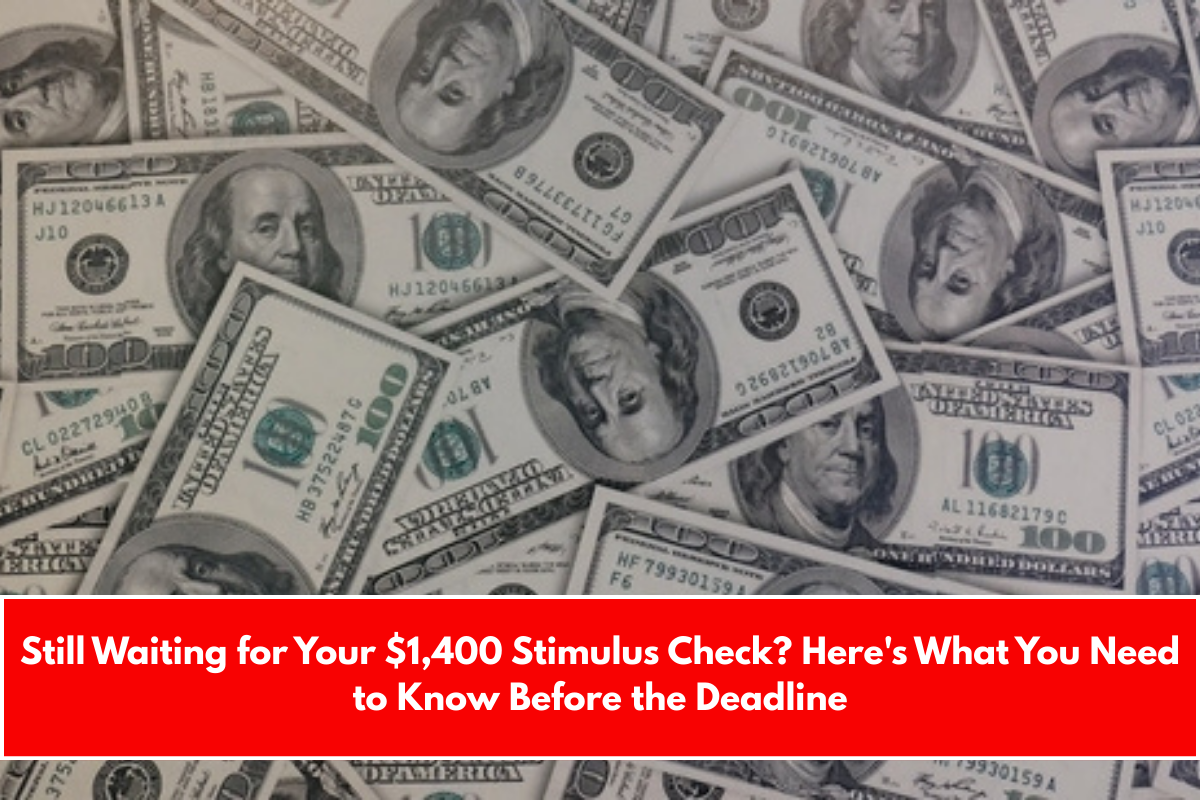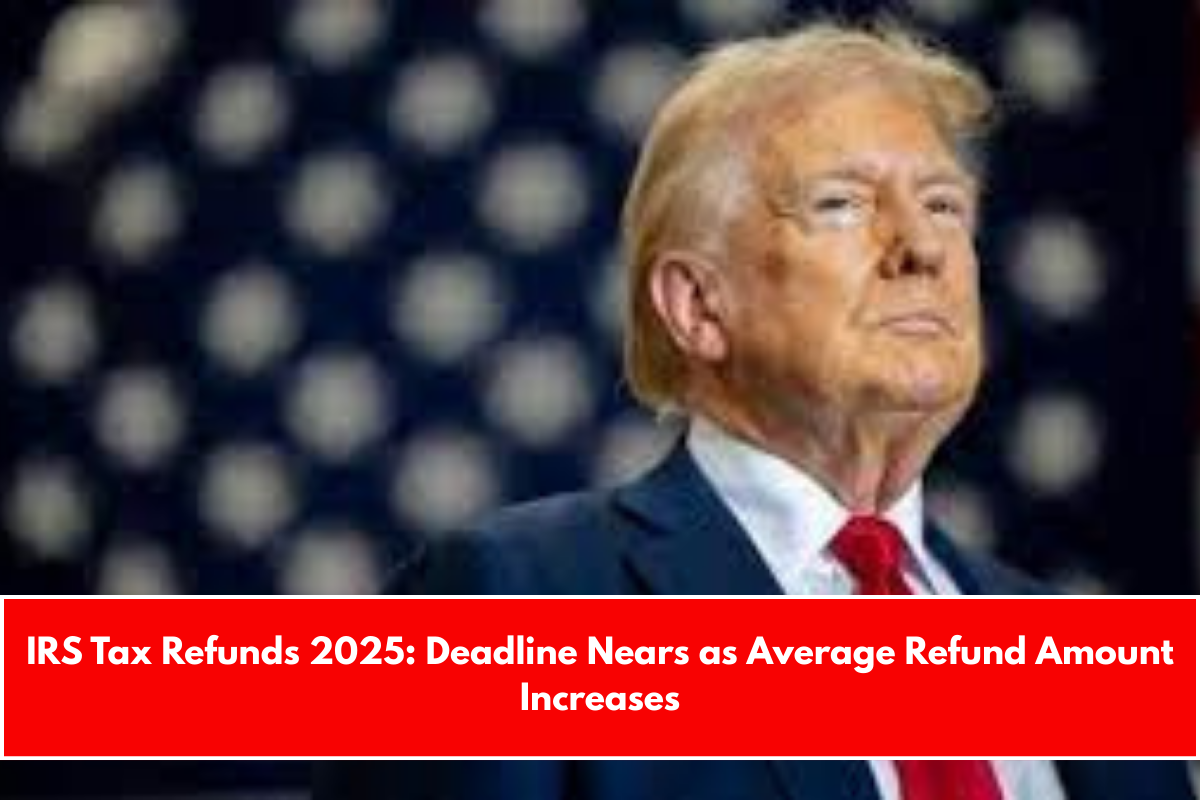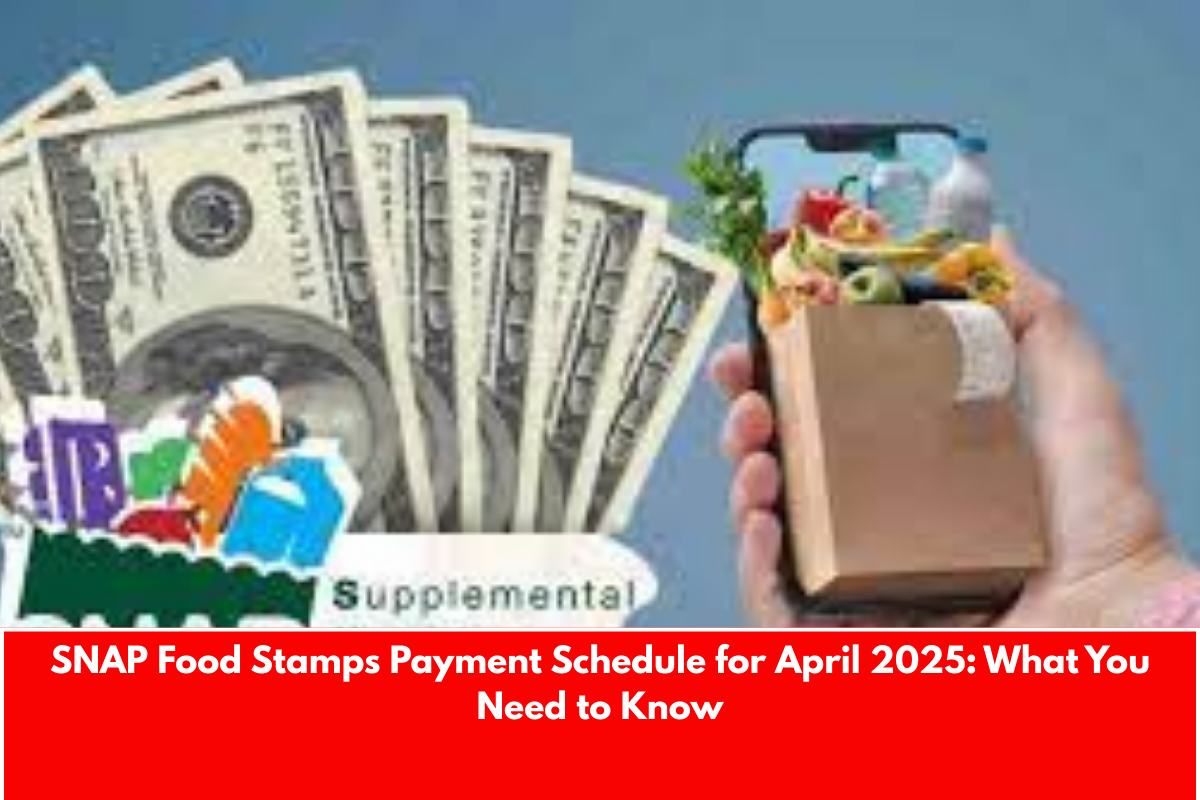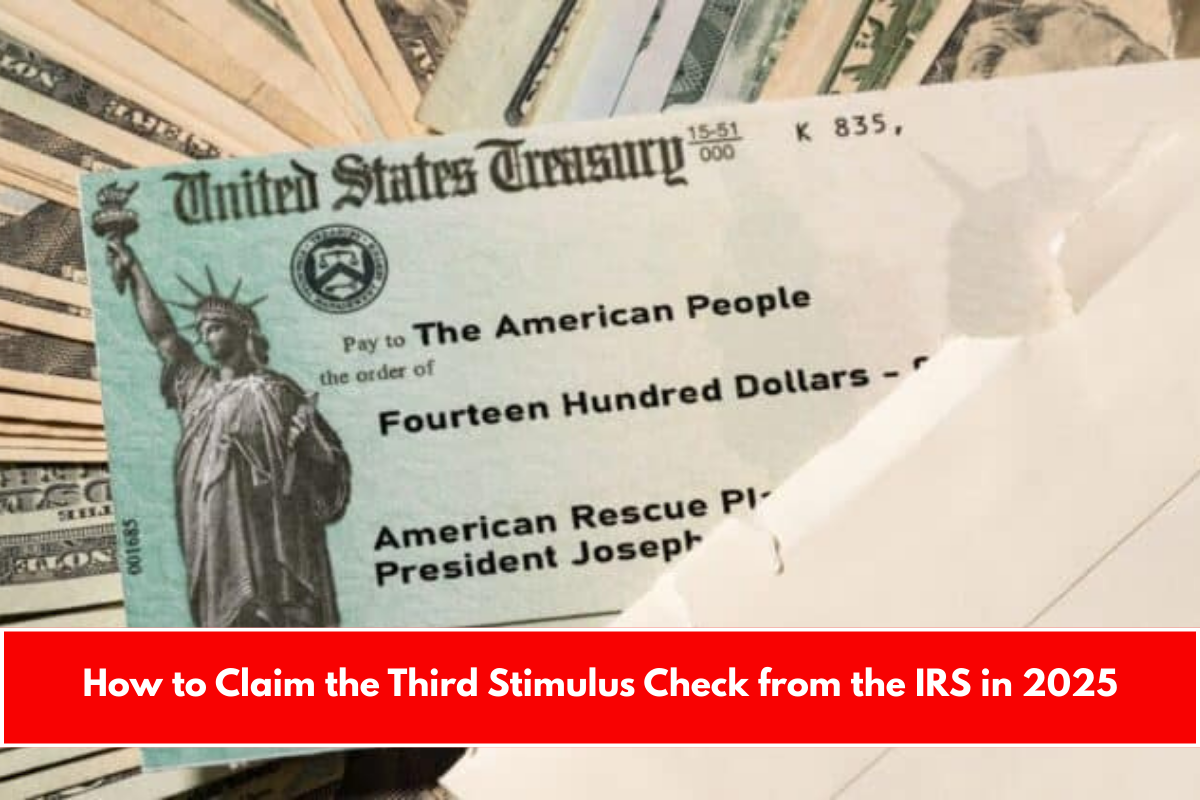When you think of treasure, you might imagine buried chests filled with gold coins or glittering gemstones. However, the real treasure could be hiding in your pocket or at the bottom of a forgotten coin jar.
Among the millions of coins minted in the United States, certain Bicentennial quarters produced in 1976 have gained legendary status for their potential worth—some fetching up to $100,000! As collectors and enthusiasts comb through their change in search of these hidden gems, it’s crucial to understand what makes these specific quarters so valuable.
1976-S Silver Bicentennial Quarter
Minted at the San Francisco Mint, this quarter is part of a special collector’s set made from 40% silver. Unlike the standard copper-nickel versions, the silver quarters have a distinctive luster and weight. In pristine condition, these coins can command prices from $10,000 to over $50,000, with some exceptional specimens reaching even higher.
1976-D Bicentennial Quarter with Minting Errors:
Another type to look for is the 1976-D quarter, particularly those featuring minting errors such as double dies or off-center strikes. These errors can make a standard coin remarkably valuable, with some fetching prices in the tens of thousands, especially if the error is pronounced and well-preserved.
1976 Bicentennial Quarter in Uncirculated Condition
Coins that have never been circulated are also valuable. A well-preserved quarter could be worth significantly more than its face value, particularly if it has unique features or errors.
The allure of rare coins is undeniable, especially when a simple quarter could lead to a significant financial windfall. As you search through your change, remember that the 1976 Bicentennial quarters might hold more than just nostalgia; they could be your ticket to discovering a hidden treasure worth up to $100,000! So, take the time to inspect your coins closely—you never know what you might find lurking in your pockets or jars.
FAQ’s:
What does “uncirculated condition” mean for a 1976 Bicentennial quarter?
An uncirculated condition means that the coin has never been used in everyday transactions and shows no signs of wear or damage. It retains its original luster and details, making it more desirable to collectors.
How can I tell if my 1976 Bicentennial quarter is uncirculated?
To determine if your quarter is uncirculated, inspect it closely under good lighting. Look for sharp, clear details and a shiny surface without scratches, dings, or any signs of tarnish. If the coin appears to be in mint condition with no visible.
What is the value of a 1976 Bicentennial quarter in uncirculated condition?
The value of an uncirculated 1976 Bicentennial quarter can vary based on its condition and market demand. Generally, these coins can range from a few dollars to several hundred dollars, depending on factors like grading and rarity. Some exceptionally well-preserved examples might fetch even higher prices.
How should I store my uncirculated 1976 Bicentennial quarter to maintain its condition?
To preserve its condition, store the coin in a protective holder, such as a coin capsule or a soft coin flip made of mylar. Avoid touching the surface of the coin with your fingers, as oils and dirt can cause damage. Keep it in a cool, dry place away from direct sunlight and humidity.
Where can I get my uncirculated 1976 Bicentennial quarter appraised?
You can have your coin appraised by a professional numismatist or at a reputable coin dealer. Additionally, you may consider sending it to a coin grading service, such as PCGS (Professional Coin Grading Service) or NGC (Numismatic Guaranty Corporation), for authentication and a professional grade, which can enhance its market value.

